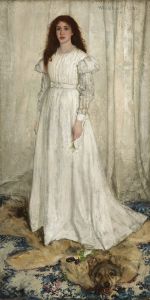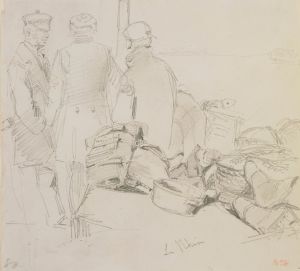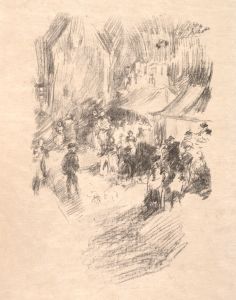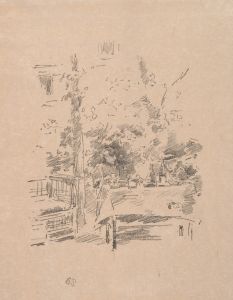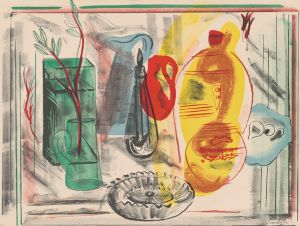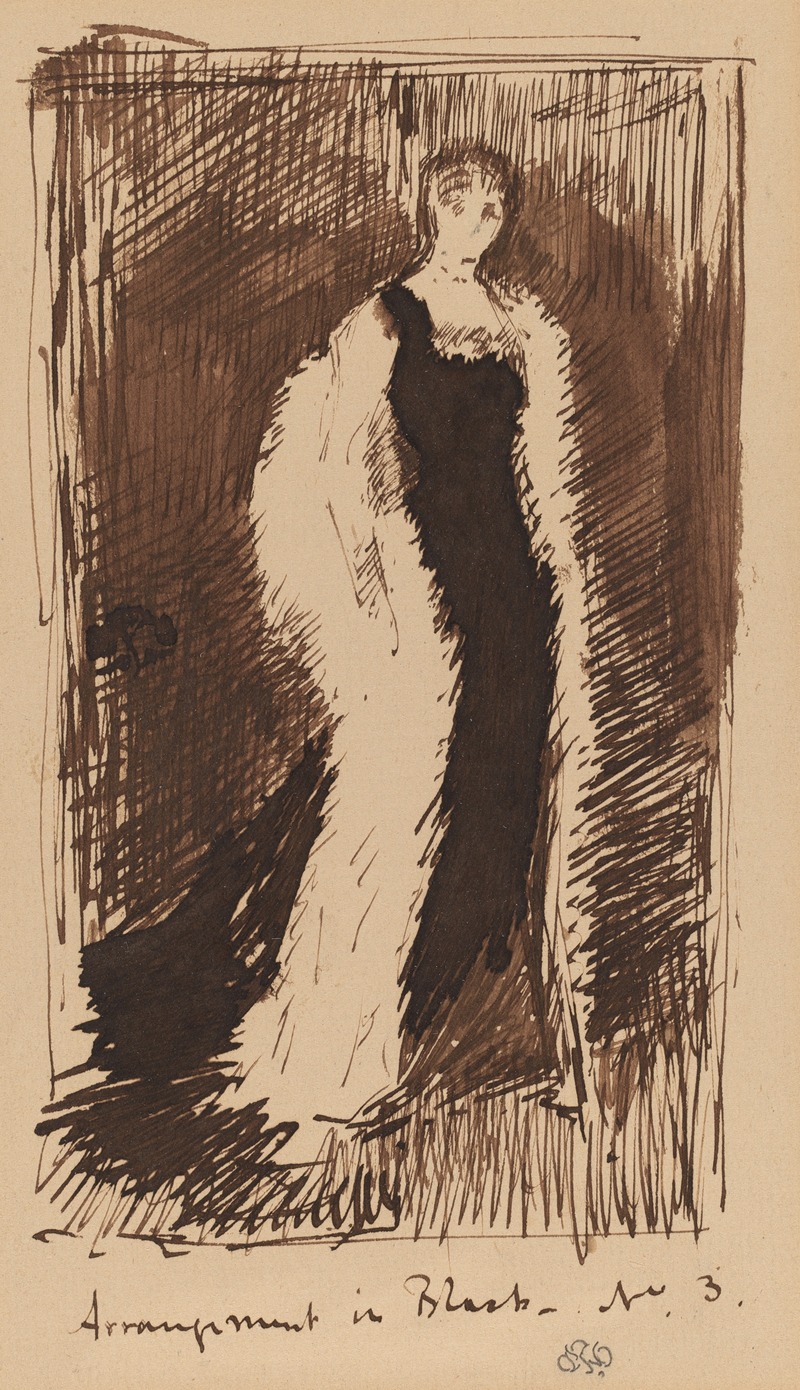
Arrangement in Black – No.3
A hand-painted replica of James Abbott McNeill Whistler’s masterpiece Arrangement in Black – No.3, meticulously crafted by professional artists to capture the true essence of the original. Each piece is created with museum-quality canvas and rare mineral pigments, carefully painted by experienced artists with delicate brushstrokes and rich, layered colors to perfectly recreate the texture of the original artwork. Unlike machine-printed reproductions, this hand-painted version brings the painting to life, infused with the artist’s emotions and skill in every stroke. Whether for personal collection or home decoration, it instantly elevates the artistic atmosphere of any space.
"Arrangement in Black – No.3" is a painting by the American-born, British-based artist James Abbott McNeill Whistler. Whistler, known for his innovative approach to art and his influence on the Aesthetic Movement, often titled his works using musical terms, emphasizing the importance of tonal harmony and composition over subject matter. This particular painting is part of a series where Whistler explored the use of black and its various tonalities, showcasing his mastery in creating mood and atmosphere through color and composition.
The painting was completed in the late 19th century, a period when Whistler was deeply engaged in exploring the subtleties of color and form. "Arrangement in Black – No.3" exemplifies Whistler's commitment to the aesthetic principles of "art for art's sake," a philosophy that suggests art should be appreciated for its beauty and emotional power rather than its narrative content or moral message.
Whistler's use of the term "Arrangement" in the title reflects his belief that art should be akin to music, where the arrangement of notes creates harmony. Similarly, in his paintings, the arrangement of colors and forms creates a visual harmony. This approach was part of Whistler's broader artistic philosophy, which often put him at odds with the more traditional art critics of his time who favored narrative and historical subjects.
The painting features a figure dressed in black, set against a dark background. Whistler's use of a limited color palette highlights his skill in manipulating shades and tones to create depth and interest. The figure's pose and expression are understated, allowing the viewer to focus on the interplay of light and shadow, as well as the subtle variations in the black tones. This minimalist approach is characteristic of Whistler's portraiture, where he often sought to capture the essence of his subjects with as few details as possible.
Whistler's technique in "Arrangement in Black – No.3" involves delicate brushwork and a careful layering of paint to achieve the desired effect. His ability to convey texture and form with such economy of means is a testament to his technical prowess and his innovative approach to painting.
The painting is part of a broader series of works by Whistler that explore similar themes and techniques. These works collectively demonstrate his ongoing interest in the aesthetic qualities of color and form, as well as his desire to push the boundaries of traditional portraiture. Whistler's influence can be seen in the work of later artists who similarly sought to prioritize aesthetic experience over narrative content.
"Arrangement in Black – No.3" is housed in a private collection, and as such, it is not as widely accessible as some of Whistler's other works. However, it remains an important example of his artistic philosophy and his contributions to the development of modern art. Whistler's legacy is evident in the way he challenged conventional notions of art and paved the way for future generations of artists to explore new forms of expression.










